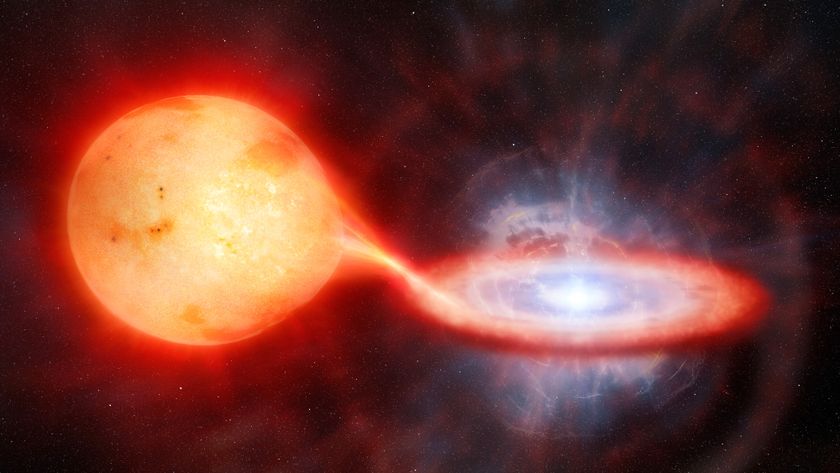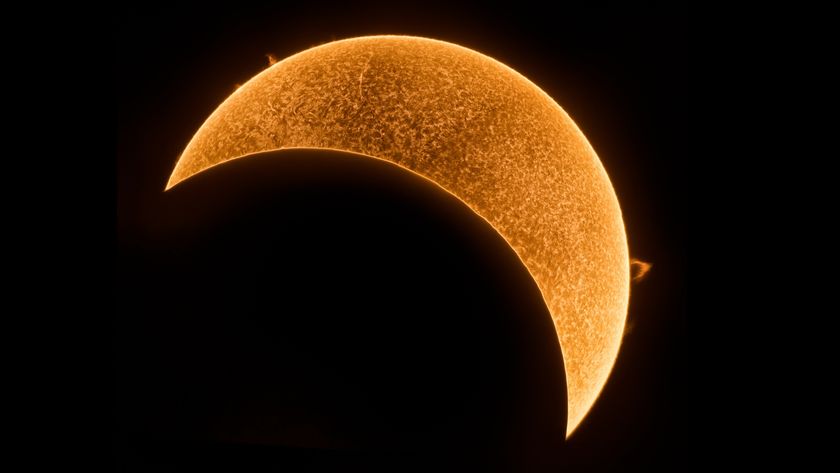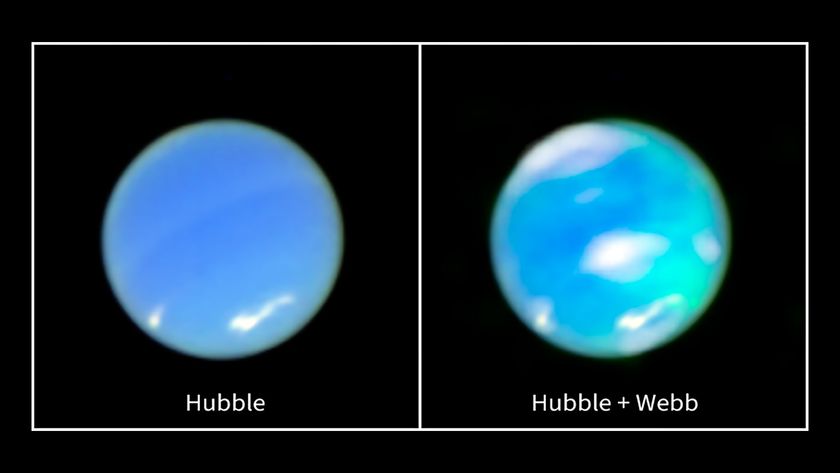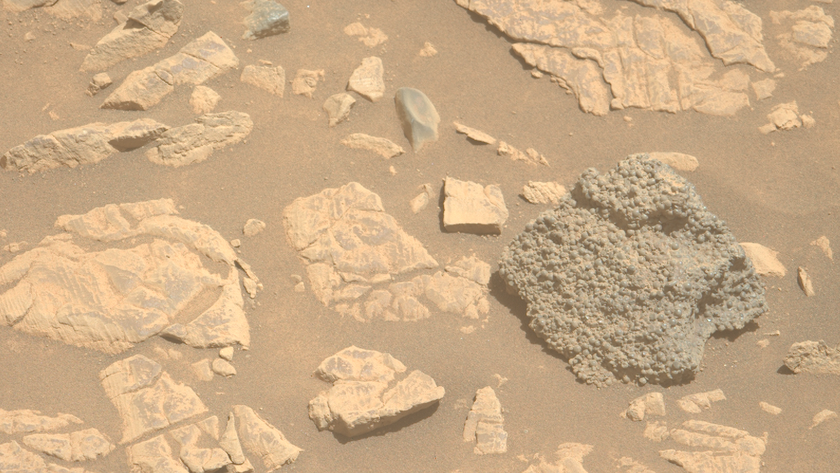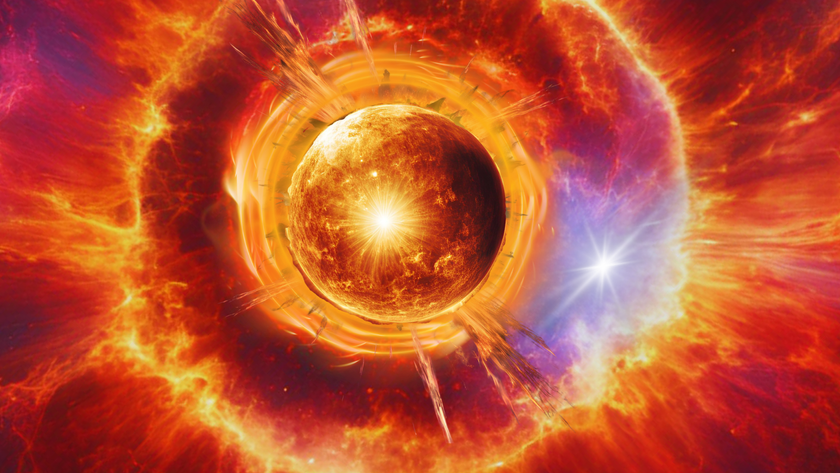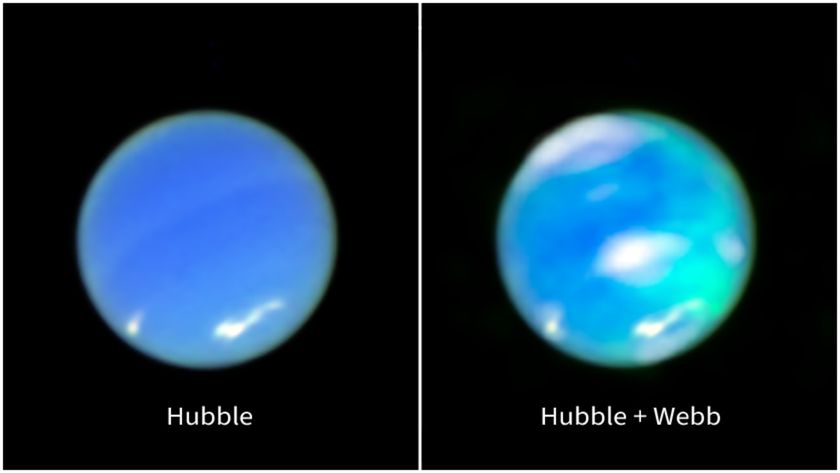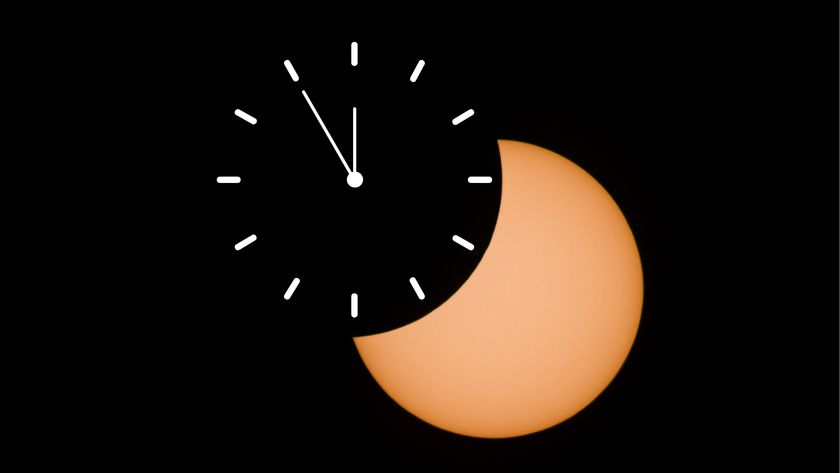What's Next for Mars Exploration?

NASA launched its newest, largest and most sophisticated rover yet to Mars on Saturday (Nov. 26), marking an important step toward the agency's ambitious goal of one day landing humans on the surface of the Red Planet.
The Mars Science Laboratory, or Curiosity rover, lifted off from the Cape Canaveral Air Force Station in Florida. After an 8 1/2-month journey, the rover is expected to arrive at the Red Planet in August 2012. Once on the surface, Curiosity will investigate whether the planet is or ever was habitable.
The rover is also equipped with 10 different instruments that will allow it to dig, drill, and shoot a laser into rocks to examine the chemical makeup of Martian soil and dust. The mission will help scientists understand the environment and atmosphere of Mars, which will be essential for planning a manned mission to the planet.
"The goal [is] to send humans to Mars and return them back again safely — in order to return them back safely, we really need to know about the surface properties," Doug Ming, a co-investigator for the Mars Science Laboratory, said in a news briefing Wednesday (Nov. 23) from the Kennedy Space Center in Cape Canaveral, Fla. [Photos: NASA's Curiosity Rover Launches to Mars]
Curiosity will characterize Martian dust by drilling into rocks and studying their chemical properties, Ming explained. The rover will also be able to determine how pervasive the dust is on the surface of the planet.
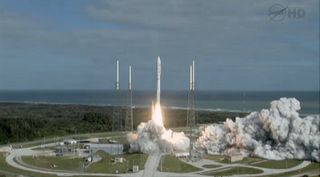
These analyses will help address two key questions for a future manned mission: how will Mars' global dust storms affect vehicles and hardware on the planet, and what are the possible toxic effects of Martian dust? NASA is aiming to send humans to Mars in the mid-2030s. But before then, many important questions about the planet will need to be answered.
"Another key investigation is to determine if there are resources on Mars that we can use for human missions," Ming said.
Get the Space.com Newsletter
Breaking space news, the latest updates on rocket launches, skywatching events and more!
Data from Curiosity is expected to paint a clearer picture of the environment of Mars, including whether oxygen and water can be extracted from subsurface water ice, or even from the atmosphere itself, Ming said.
A manned mission to Mars will also be a lengthy undertaking, which requires mission planners to investigate how to grow food on the planet for the crew. By examining the surface properties of Mars, Curiosity will explore this possibility. The rover is also equipped with an instrument that will measure the amount of radiation on the Martian surface, which could be a critical stumbling block for a future human mission.
Previous studies of the effect of space radiation and the link to cancer "suggests our tolerance for long-duration spaceflight is about as long as it takes to get to Mars," said John Charles, a program scientist in NASA's human research program.
This would leave astronauts at risk for the duration of their stay on the Red Planet, plus the return trip home to Earth. Scientists in the human research program will continue to study space radiation, as well as other medical and health concerns on long spaceflights.
Researchers are also conducting ongoing studies of propulsion technology, in hopes of developing a more efficient way of traveling to and from Mars, which will cut down on the amount of time in space.
But, before humans step foot on Mars, NASA and the European Space Agency aim to complete a series of robotic sample return missions to the Red Planet. The Mars Astrobiology Explorer Cacher (MAX-C) expedition is envisioned as a joint effort to collect dirt samples from Mars and bring them back to Earth in order to gain a greater understanding of the conditions on the planet.
Earlier this year, the National Research Council released its Planetary Science Decadal Survey, which represents a consensus of the scientific community's goals for planetary science over the next 10 years. A sample return mission was deemed the highest priority, but it was recommended that the cost be kept under $2.5 billion.
In an increasingly difficult budgetary climate, the details of the joint effort are still being worked out. The agency is currently aiming to launch the series of missions between 2016 and 2018.
"We really do envision probably having more robotic missions prior to a human mission," said Bret Drake, deputy chief architect of NASA's Human Spaceflight Architecture Team. "Also pinnacle is a sample return mission. Bringing back via robotic, uncrewed mission samples of Mars would really facilitate human exploration."
You can follow SPACE.com staff writer Denise Chow on Twitter @denisechow. Follow SPACE.com for the latest in space science and exploration news on Twitter @Spacedotcom and on Facebook.
Join our Space Forums to keep talking space on the latest missions, night sky and more! And if you have a news tip, correction or comment, let us know at: community@space.com.

Denise Chow is a former Space.com staff writer who then worked as assistant managing editor at Live Science before moving to NBC News as a science reporter, where she focuses on general science and climate change. She spent two years with Space.com, writing about rocket launches and covering NASA's final three space shuttle missions, before joining the Live Science team in 2013. A Canadian transplant, Denise has a bachelor's degree from the University of Toronto, and a master's degree in journalism from New York University. At NBC News, Denise covers general science and climate change.



